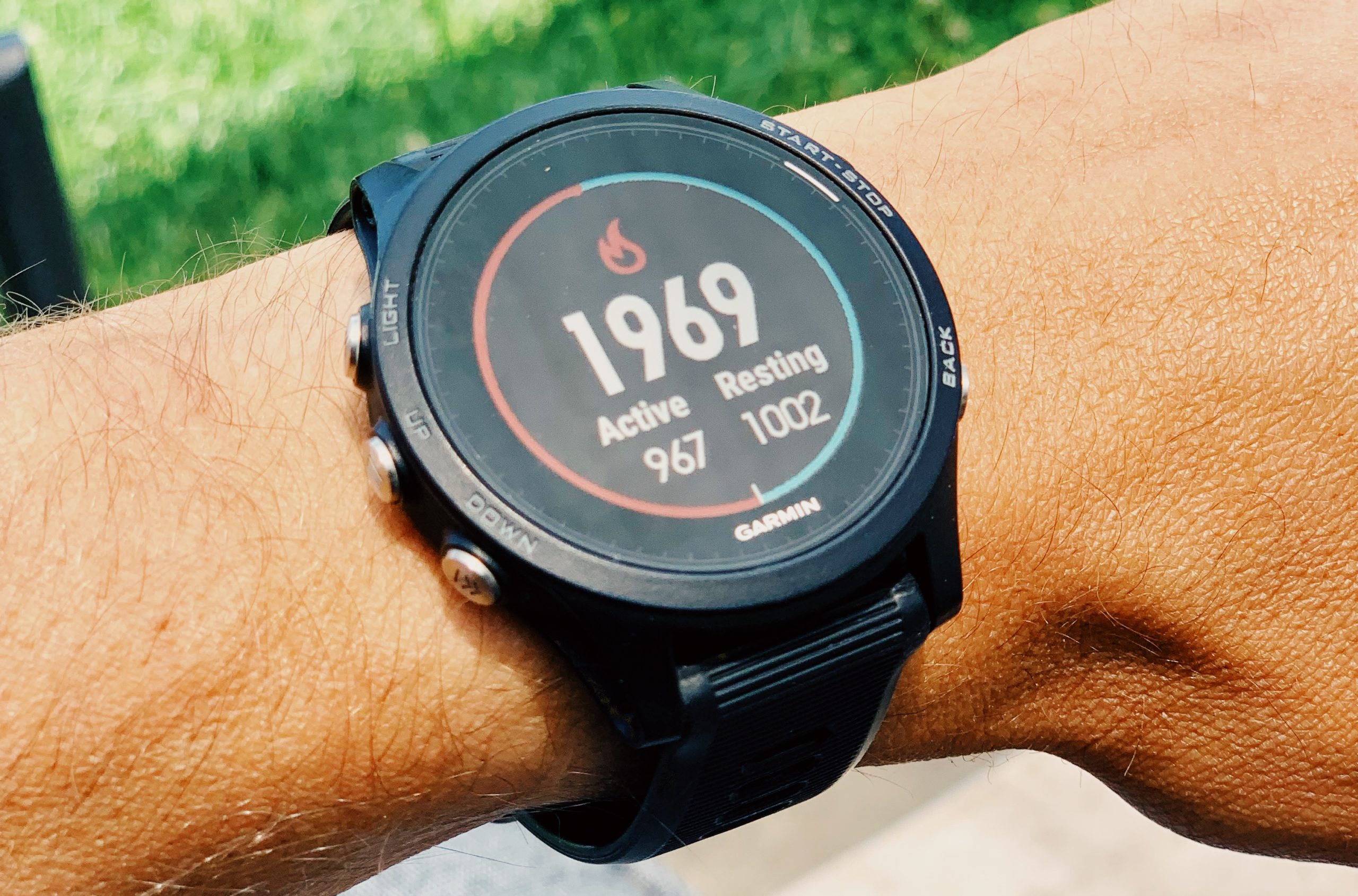Setting the Record Straight: How Many Calories Do You Actually Burn vs. Need?
The first step of fueling for endurance sports is understanding how many calories your body actually needs.

One of the most talked about topics, and also one of the most misunderstood, is calories. They are vitally important, especially during high intensity training and on race day. But most athletes as well as the general population, have a limited understanding of what calories are and who our body uses them.
Today we will put speculation to test and set the record straight.
What are calories and how does your body use them?
Calories are a unit of measurement for the amount of energy that is in the foods we eat. There are four ways in which the human body utilizes caloric energy. Surprisingly, exercise and training is not the largest source of energy expenditure, not by a long shot.

Basal Metabolic Rate (BMR)
BMR is the amount of caloric energy your body needs to operate and regulate itself, ie., for your heart to beat, lungs to breathe and systems to function. This all takes energy and your BMR accounts for the largest slice of the caloric expenditure pie.
To calculate your BMR:
Step 1:
Males: (10 x weight in kg) + (6.25 x height in cm) – (5 x age in years) + 5
Females: (10 x weight in kg) + (6.25 x height in cm) – (5 x age in years) – 161
Step 2:
Multiply this number by an activity factor of 1.2-2.0, which is based on your activity level, goals (e.g., gain weight, lose weight, body composition, performance) and whole body health.
Activity factor breakdown:
1.2 = minimal exercise, sedentary
1.375 = light exercise/sports 1-3 days/week
1.55 = moderate exercise 3-5 days/week
1.725 = hard exercise 6-7 days/week
2.0 = hard exercise 6-7 days/week + competition phase (ultra athletes)
Precision Nutrition has an excellent calculator.
Thermic Effect of Food (TEF)
This is the energy burned through eating, digesting and metabolizing nutrients. In fact, 10 percent of the calories we eat is used up by the process of eating itself.
Non-Exercise Activity Thermogenesis (NEAT)
NEAT is energy expended for everything we do that is NOT eating, sleeping or exercise, e.g., walking to work, taking the stairs, yard work, fidgeting, and the like. NEAT can be a critical component of weight management and body composition.
Exercise Activity (EA)
EA is planned physical activity and typically accounts for five to ten percent of total calories expended depending on your activity level.
The addition of all four of these segments gives us our total daily caloric needs.

Achieving Calorie Balance
While calories in versus calories out is one way to manage weight and body composition, there is more to it. We must look at the body as an entire system—sleep, stress, digestion, cravings, energy—before jumping to counting and/or restricting calories.
As I like to tell my athletes, “You have to earn the right to diet by checking in on whole body balance.”
For example, if you create a calorie deficit intentionally through decreasing food intake or increasing activity but simultaneously have chronically high levels of stress and/or are not getting adequate sleep to replenish and restore your body, you will not see changes in body composition. You may actually see fat gain versus loss.
Additionally, calorie deficits lasting months or years can do more harm than good. Your body is extremely smart and does not want to be in a deficit. It will effectively lower its metabolism in order to maintain vital functions for the body, decreasing your BMR. This also causes a shift in hormones, specifically sex hormones, stress and thyroid hormones, which can have long-term negative effects on health, performance and metabolism.
Healthy Targets and Application
As an athlete, you must create awareness around the quality of nutrients you consume to fuel your body. If your goal is to change body composition, you must address your body as a whole. Then look to create a deficit by no more than 200 to 300 calories at a time from both food and exercise. This is highly variable based on individual goals and takes a degree of commitment and monitoring.
Athletes that are training 10 plus hours per week should not go into an intentional deficit as this can cause nutrient deficiencies, impair recovery and performance, and increase risk for injury and illness. Here is a healthy way to approach your diet and exercise plan:
- Include more whole foods into your nutrition: fruit and vegetables, whole grains, protein, and healthy fats
- Limit refined foods and beverages (i.e., processed sugars, flour)
- Consider your training cycle—prep/base, competition, taper and off season—and how nutrition needs change with each
- Maintain hydration: half of your body weight in ounces of water per day plus 16 to 20 ounces per hour of activity
- Add electrolytes for activity lasting more than 60 minutes
. . .
Dana Eshelman MS, RDN is a performance dietitian that helps endurance athletes find hormone balance and optimize gut health through flexible nutrition so they can level up their performance. Dana is a multisport athlete and runner herself, and understands the demands of endurance training and competing. She strives to simplify nutrition for athletes, improve understanding of how to fuel and hydrate for training and competition, and enhance daily lifestyle habits for life-long success.
IG: @adashofdanardn

